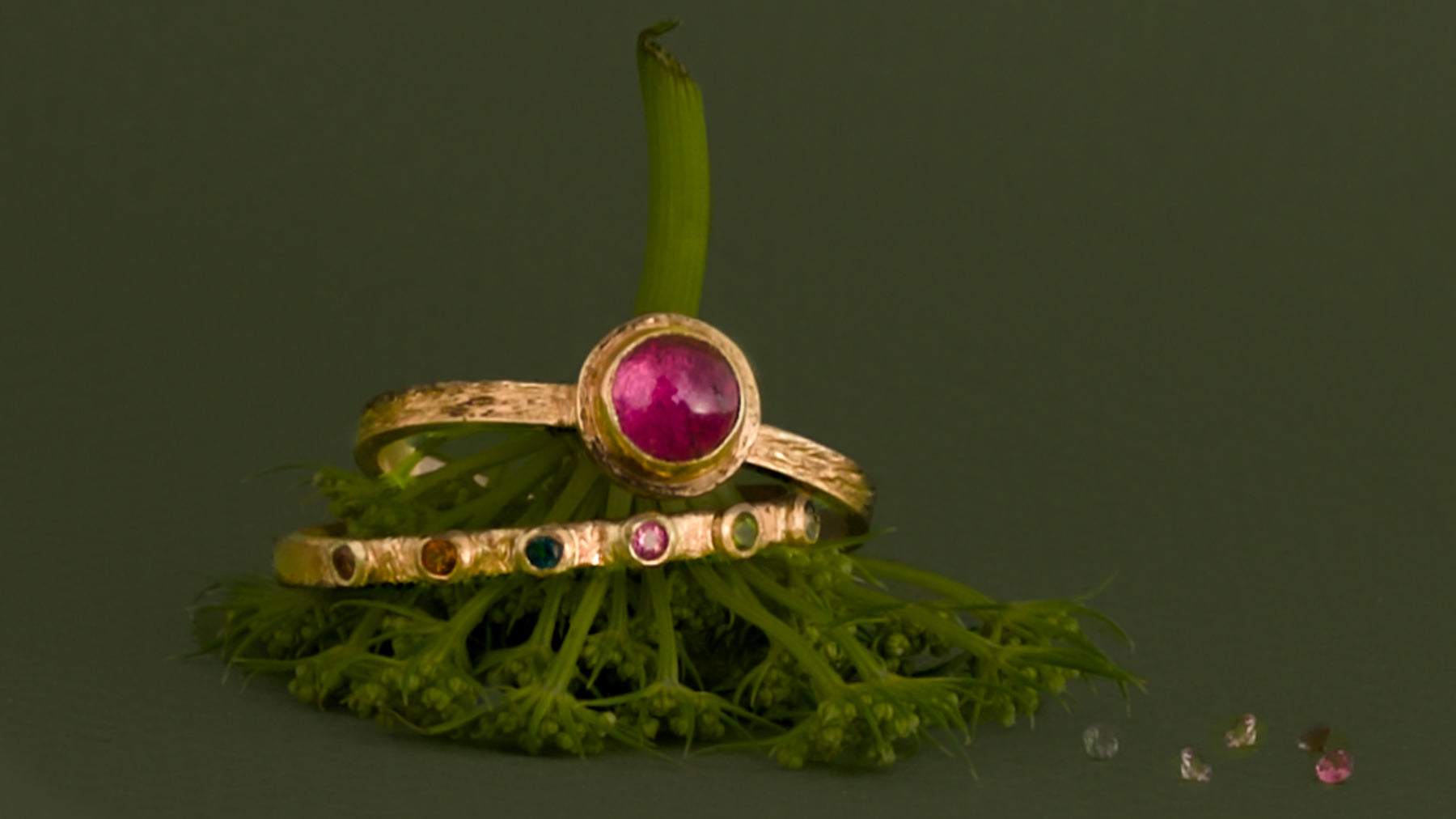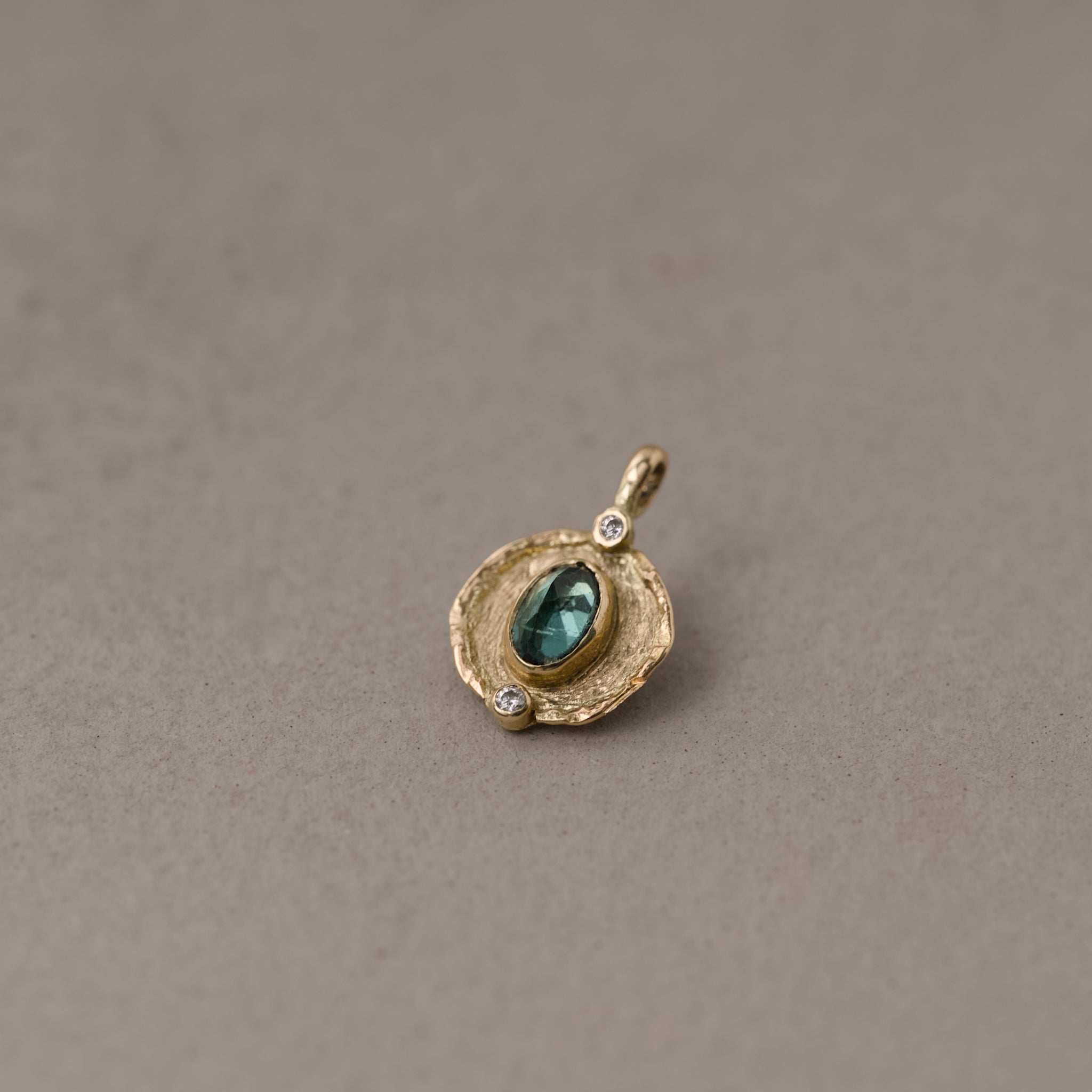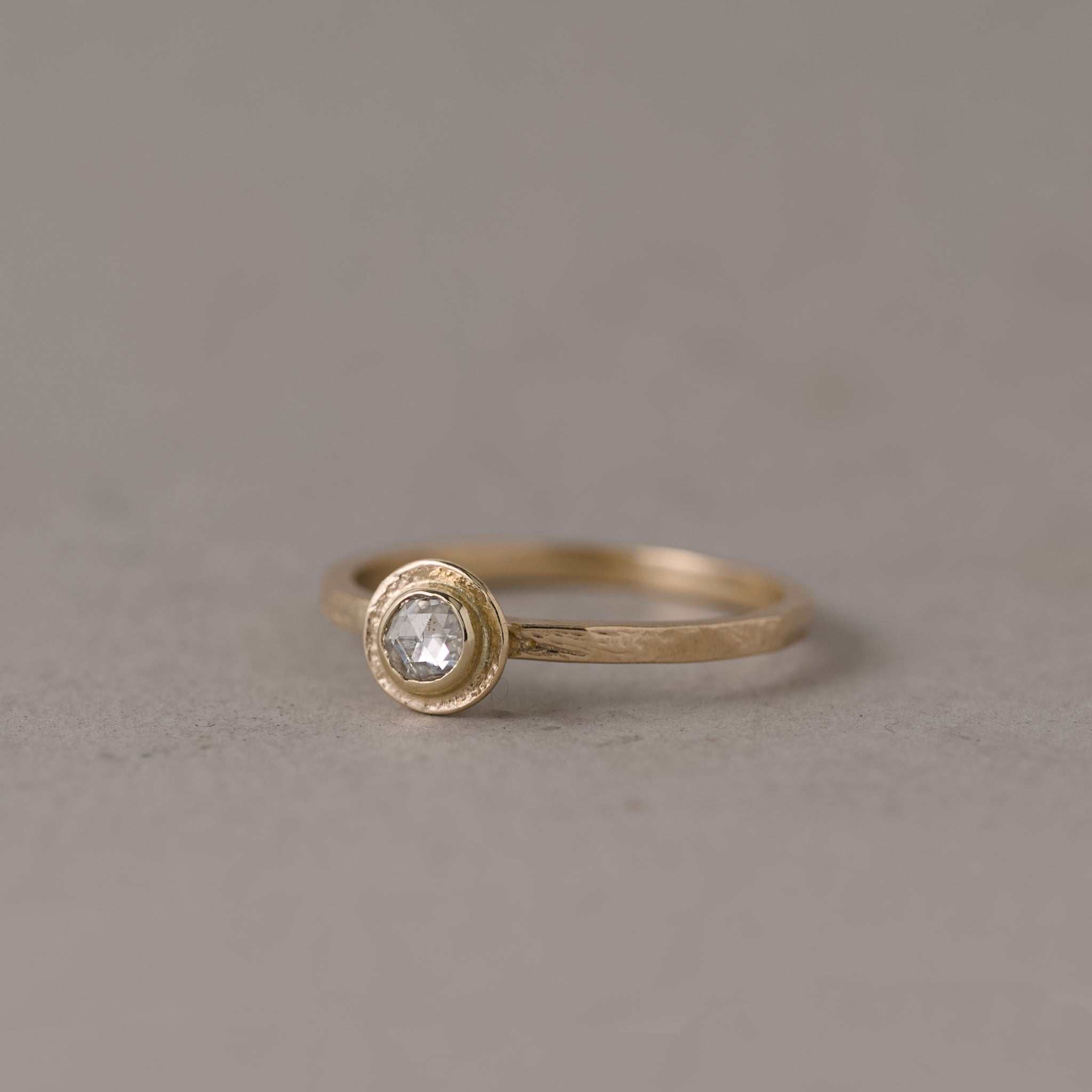
If you were born in October you are fortunate indeed – your birthstone is tourmaline, one of the most versatile and dazzling gems in the mineral kingdom. Each colour carries its own resonance, making it a gemstone of Balance, Peace, and Beauty – perfectly aligned with Libra, the sign of harmony.
Tourmaline is its own gem species, forming in long, prismatic hexagonal crystals known as “pencils.” No other gemstone family displays such a wide spectrum of colours – from tender pinks to vivid greens, from lagoon blues to fiery yellows, even striking bi-colours and tri-colours that seem to hold a rainbow within.
Egyptian legend tells us that tourmaline passed through a rainbow on its journey from the heart of the Earth, which is why it carries every hue of light. Its optical property of pleochroism – showing different colours when viewed from different angles – only deepens its mystery.
rubellite tourmaline crystals
"According to the ancient Egyptians, Tourmaline passed through a rainbow as it made its way to Earth"
With a hardness of 7–7.5 on the Mohs scale and no natural cleavages, tourmaline is durable and well suited to daily wear, making it not only beautiful but practical.

tourmaline rock formation (image crystal classics uk)
Tourmaline is found in a vast array of colours; the widest range of colours of any gemstone in the gem kingdom with virtually every colour represented, including black, bi-u and tri-colours.
It is mined in many locations world wide including Brazil, Pakistan, Russia, Burma, Sri Lanka and the USA. In Africa, the main producers are Congo, Madagascar, Namibia, Mozambique, Tanzania, Nigeria, Malawi and most recently Kenya.
Tourmaline became known as an 'American Gem' in the late 1800's due to Tiffany & Co's gemologist George F. Kunz as he praised the pieces that were being found in the deposits of Maine and California. The most recent and most stunning tourmaline Pairaba, the neon blue was only discovered in the 1980's in Brazil, although deposits have now been discovered in Mozambique and Nigeria.
Like many gemstones, tourmaline varies greatly in price. While much of it is affordable, larger and more saturated hues – the rich reds of rubellite and the neon blues of Paraíba – command eye-watering prices comparable to their precious cousins.
But tourmaline’s beauty goes beyond colour. When light enters a crystal it undergoes pleochroism, producing different colours from different angles. This phenomenon adds an extra dimension of intrigue to an already compelling gemstone.
Ancient civilisations believed that tourmaline had magical powers and could protect the wearer from harm. In fact, it was often used as a talisman for travellers, as it was believed to bring good luck and protect against accidents. Tourmaline aids in understanding oneself and others and promotes self-confidence and diminishes fear. It also releases tension, making it helpful for spinal adjustments and balances the yin and yang in the body.
"Bi-colours, tri-colours, watermelon, parti, the rainbow hues
of Tourmaline are unsurpassed"
The term Tourmaline is derived from the Sinhalese words 'tura mali' meaning 'a stone with mixed colours'. Being dichroic, Tourmaline also has the ability to subtly shift its colour depending on the light source as it changes from natural to artificial.
Types of Tourmaline & Their Meanings
Rubellite Tourmaline – A saturated pink to purplish-red, coloured by manganese. Rubellite carries the energy of love, passion, and endurance, a gem that strengthens the heart.
Pink Tourmaline – Found in rose and raspberry shades, it is a gem of friendship, affection, and warmth, often linked with self-compassion and emotional healing.
Green Tourmaline – Lush and vibrant, it speaks of growth, abundance, and vitality, believed to attract prosperity and success.
Chrome Tourmaline – A striking vanadium-rich green, its brilliance recalls renewal and energy.
Watermelon Tourmaline – Pink at the core with green surrounding, it symbolises unity and wholeness, a talisman for balance and harmony.
Savannah Tourmaline – Bright yellow to orange stones from East Africa, evoking optimism, joy, and success.
Paraíba Tourmaline – The neon blue-green wonder discovered in Brazil in the 1980s, now also found in Mozambique and Nigeria. Its copper-borne glow is said to bring clarity of mind, justice, and inspiration.
Lagoon Tourmaline – With tranquil teal and aqua hues reminiscent of tropical waters, lagoon tourmaline is thought to bring peace, serenity, and emotional balance.
Indicolite Tourmaline – A deep oceanic blue, sometimes shifting toward violet, it carries an energy of truth, intuition, and clear communication.
ring good luck and success.
'The aspirin of Gemstones"
Mined across the globe – from Brazil, Sri Lanka, and the USA to the rich gem fields of Africa (Mozambique, Nigeria, Madagascar, and more) – tourmaline is as international as it is individual. In the late 1800s, Tiffany’s famed gemologist George F. Kunz dubbed it the “American Gem” for its finds in Maine and California.
Yet no matter its origin, tourmaline has always carried spiritual weight. Ancient civilisations wore it as a talisman for protection on journeys, believing it brought good fortune and safety. Today it is still regarded as a stone that eases fear, dissolves tension, balances the yin and yang of the body, and energises the chakras – sometimes called “the aspirin of gemstones.”
From rainbow bi-colours to serene lagoon blues, tourmaline truly offers “a gem for every mood.” For October’s children, it is a birthstone of harmony and grace; for everyone else, it is a jewel that never ceases to surprise with its infinite variety.
Like Libra’s scales, tourmaline finds equilibrium in diversity – an enduring emblem of Balance, Peace, and Beauty.

Read more
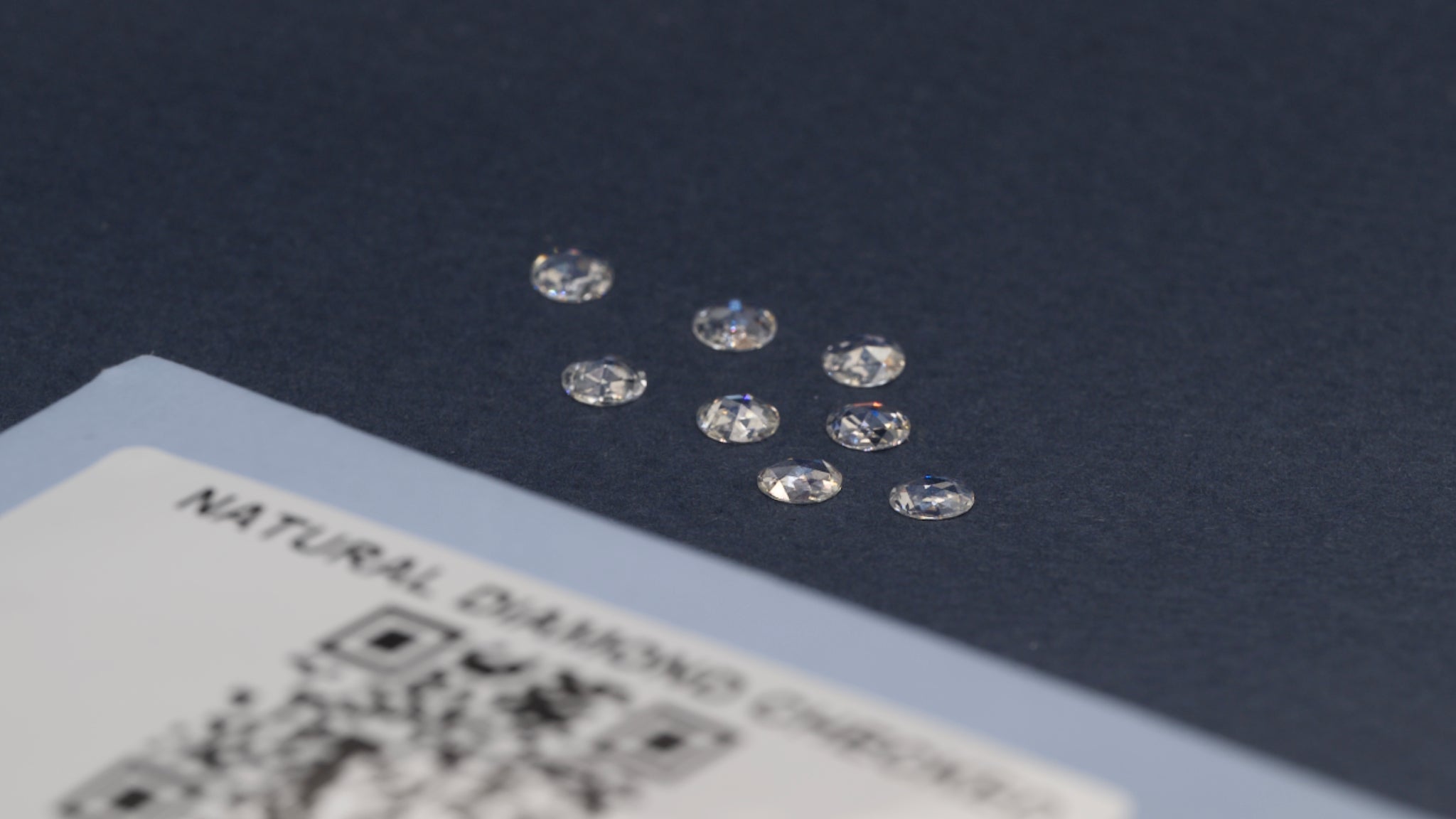
Lab diamonds are having a moment. Are they truly eco friendly or even the same as naturals? Mined versus lab, an ongoing debate with no winners yet..
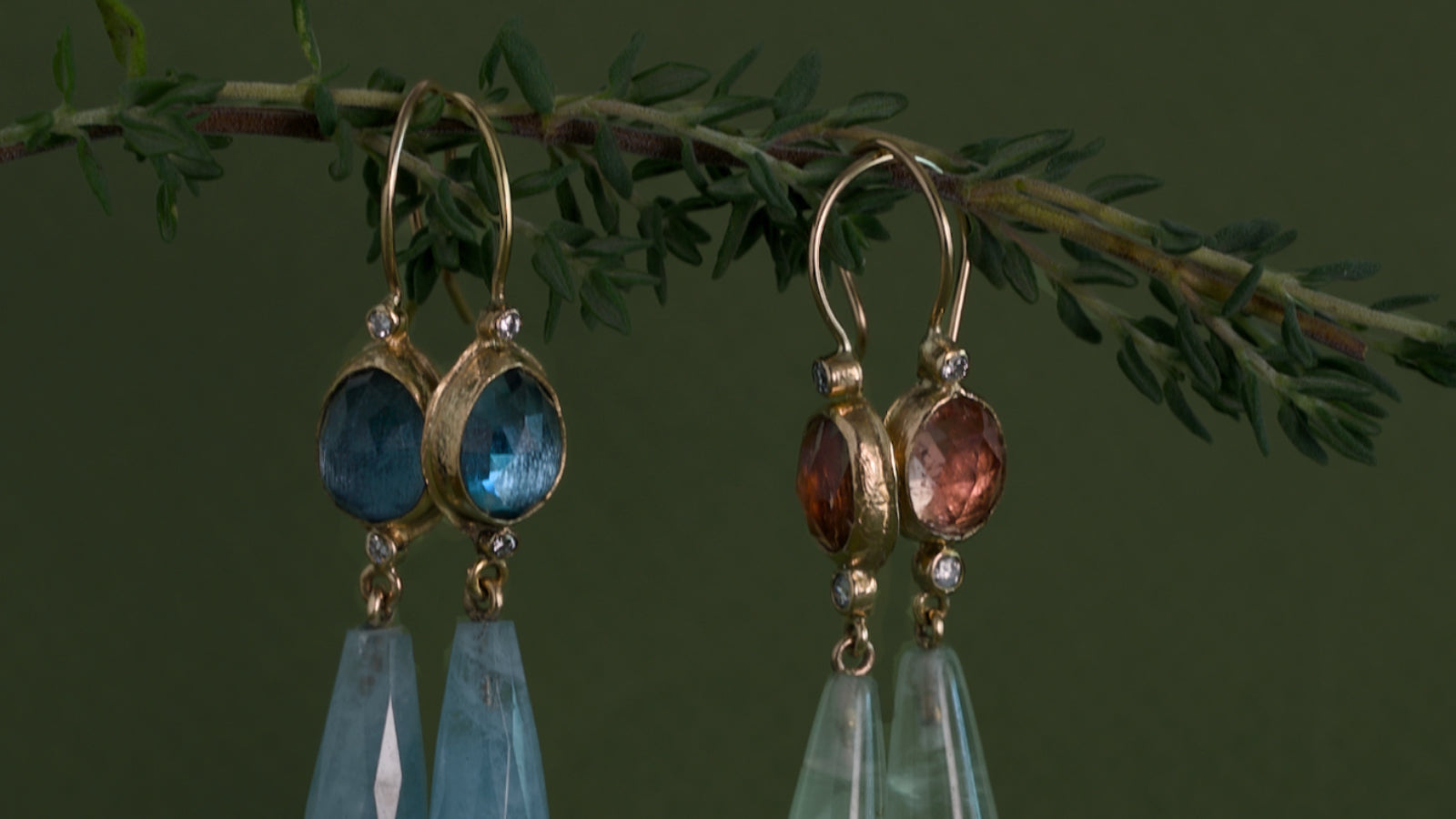
After the rainbow riot of colourful tourmaline in October, Nature & Man settles with dominant golden & celestial hues in November's birthstone: Topaz. This sun & sky gemstone is just...
